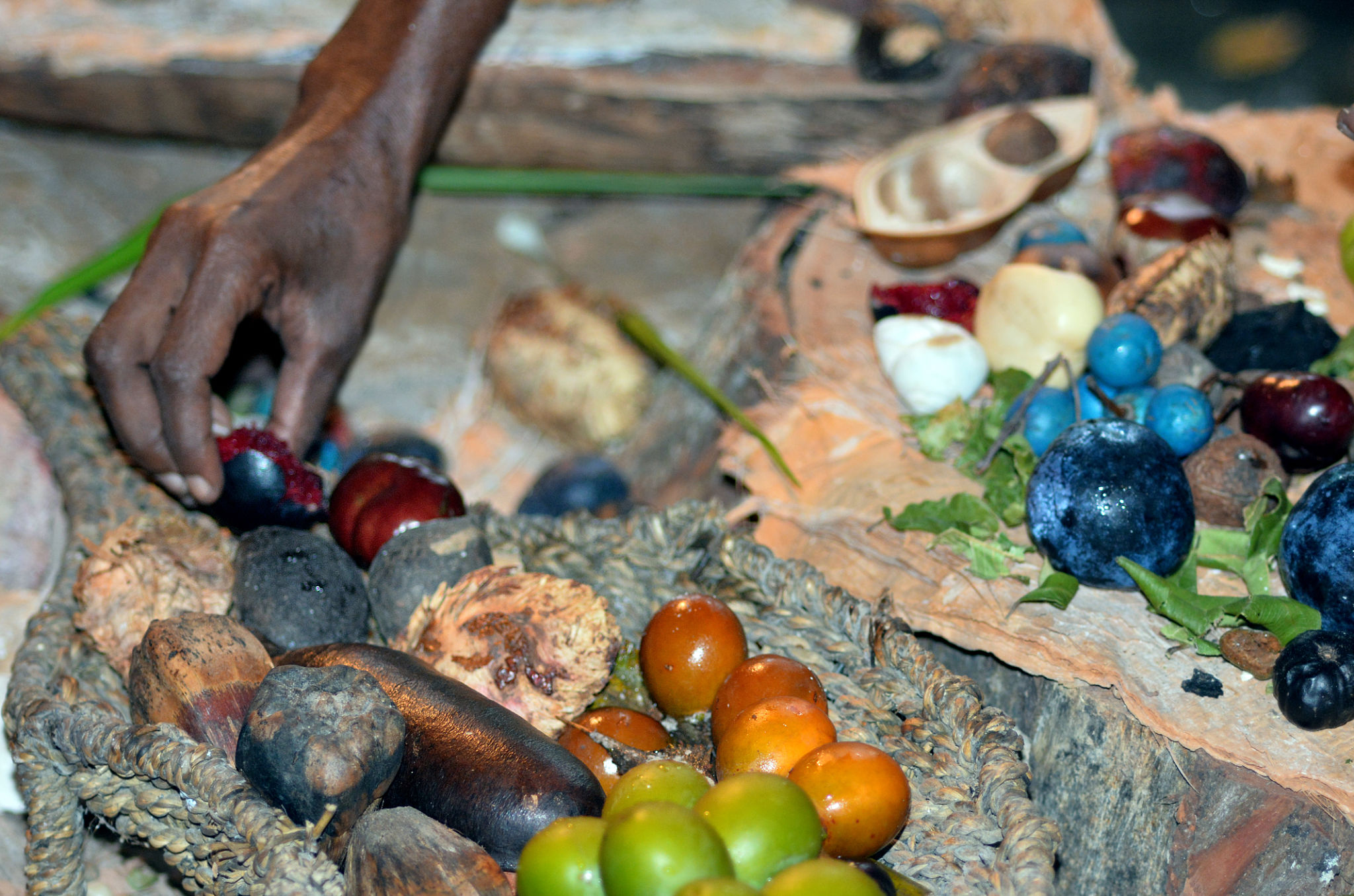Maximizing Curb Appeal: Innovative Garden Landscaping Trends in Australia
CM
Embracing Native Flora
One of the most prominent trends in Australian garden landscaping is the increasing use of native flora. By opting for plants that are naturally suited to the local climate and soil conditions, homeowners can create gardens that are not only visually appealing but also sustainable. Native plants require less water and maintenance, making them an environmentally friendly choice.
Incorporating native plants like kangaroo paw, bottlebrush, and grevillea can add vibrant colors and unique textures to your garden. These plants attract local wildlife, such as birds and bees, enhancing the ecological balance of your outdoor space.

Vertical Gardens for Small Spaces
With urban spaces becoming increasingly limited, vertical gardens have emerged as a popular solution for maximizing curb appeal. These gardens allow homeowners to utilize vertical surfaces like walls and fences, transforming them into lush, green spaces. Vertical gardens are perfect for small courtyards or balconies where traditional gardening might not be feasible.
Whether it's a simple wall-mounted planter or a more elaborate green wall system, vertical gardens offer flexibility in design. They can be customized with a variety of plants, from trailing vines to flowering climbers, providing a dynamic visual impact.
Incorporating Water Features
Water features continue to be a timeless element in garden design, adding a sense of tranquility and harmony. From elegant fountains to serene ponds, water features serve as focal points that enhance the overall aesthetic of your garden. In Australia, where water conservation is crucial, there is a growing trend towards using recycled water and solar-powered pumps to maintain these features sustainably.

Sustainable Materials and Practices
As environmental awareness grows, more Australians are opting for sustainable landscaping materials and practices. Recycled timber, stone, and metal are becoming common choices for garden structures like pergolas and pathways. These materials not only reduce waste but also add a rustic charm to the landscape.
Additionally, rainwater harvesting systems and efficient irrigation techniques are being integrated into garden designs to ensure responsible water use. By adopting these practices, homeowners can reduce their environmental footprint while enhancing the beauty of their gardens.
Outdoor Living Spaces
The concept of outdoor living has evolved significantly, with gardens now serving as extensions of the home. Creating functional outdoor spaces that offer comfort and style is a trend that continues to gain popularity. From alfresco dining areas to cozy fire pits, these spaces are designed for relaxation and entertainment.

Lighting Landscapes
Strategic lighting can transform a garden's atmosphere, highlighting its best features while providing safety and security. LED lights are favored for their energy efficiency and versatility in design. Garden lighting can be used to illuminate pathways, highlight architectural elements, or create dramatic effects among trees and plants.
By using solar-powered lights, homeowners can further enhance the sustainability of their landscaping efforts. This lighting not only enhances curb appeal but also extends the usability of outdoor spaces into the evening hours.
Conclusion: Designing Your Dream Garden
Maximizing curb appeal through innovative landscaping trends allows Australian homeowners to create stunning gardens that reflect their personal style while being mindful of environmental impacts. By embracing native flora, utilizing vertical spaces, incorporating water features, and adopting sustainable practices, you can transform your garden into a beautiful and functional outdoor oasis.
Whether you're working with a small urban yard or an expansive rural property, the key is to integrate these trends in ways that suit your space and lifestyle. With thoughtful planning and creativity, your garden can become a vibrant extension of your home.
